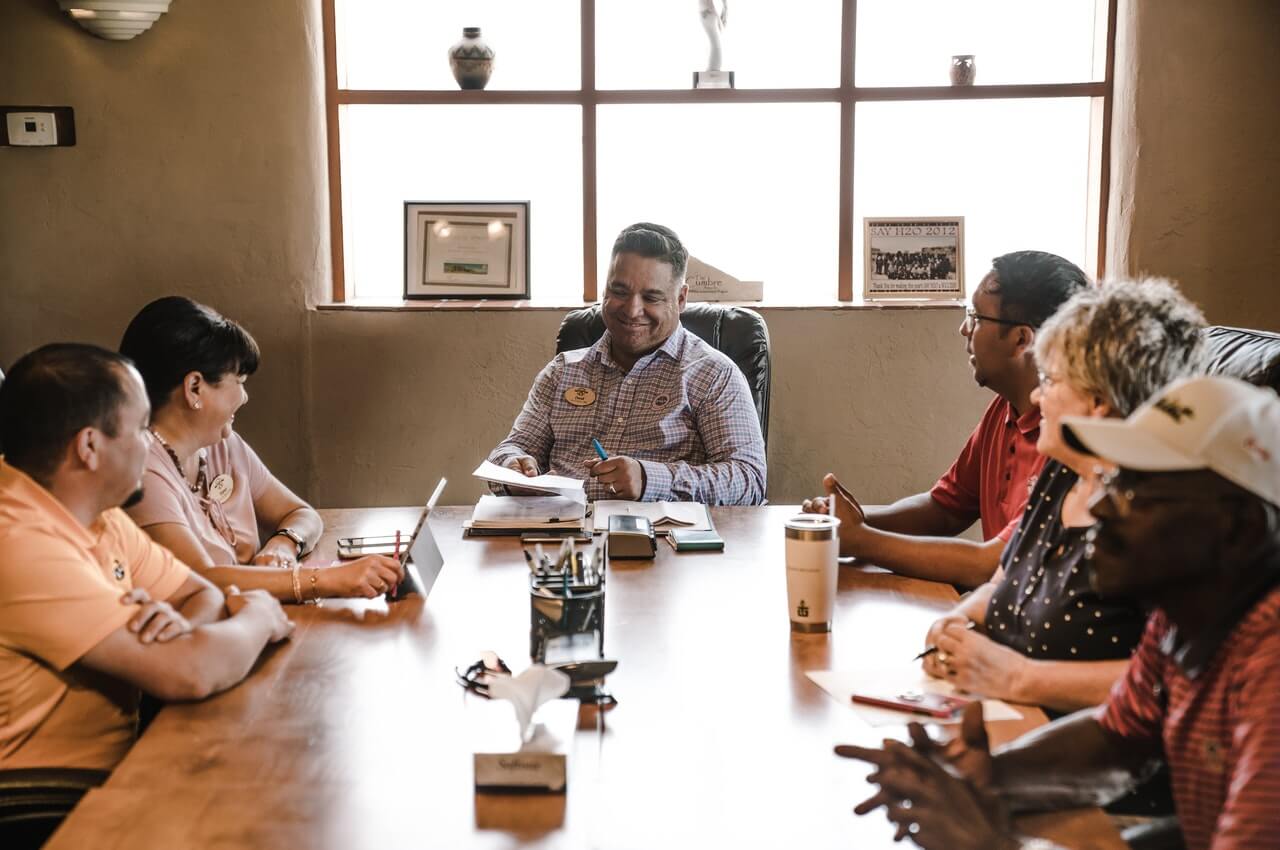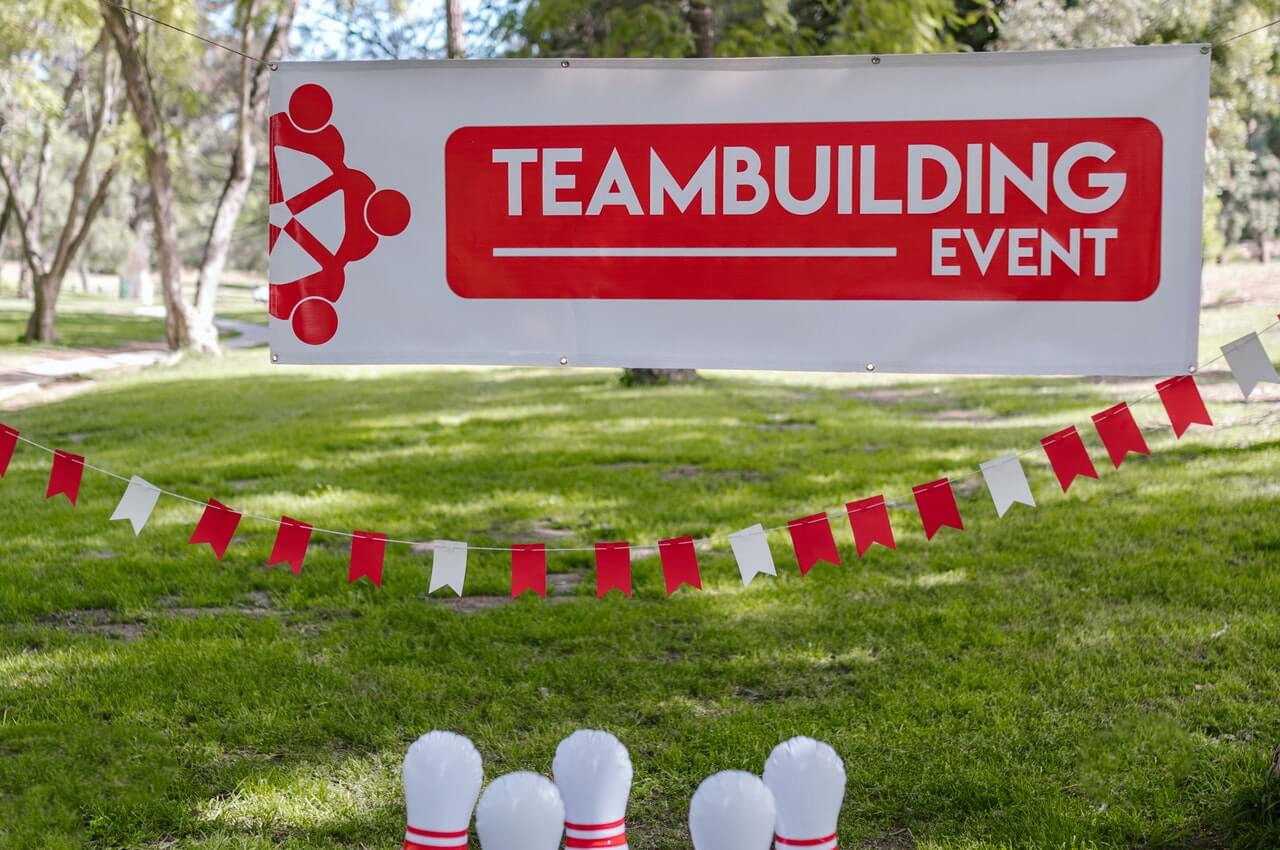Peak Performance Tuesdays
Give your team a mid-week opportunity to celebrate. A poll carried out among British workers…
Our content is reader-supported. Things you buy through links on our site may earn us a commission
Never miss out on well-researched articles in your field of interest with our weekly newsletter.

Subscriber

Give your team a mid-week opportunity to celebrate. A poll carried out among British workers…

From time to time most teams experience a falling out among team members. If not…

Employee’s excitement and motivation is at its peak when first hired. However, it is common…

GROUP DEVELOPMENT Below is an idea for a team building activity focusing on the what…

I believed I was part of a group of people who had each other’s best…

The emergence of the team idea can be traced back to the late 1920s and…

There’s been a lot of talk about happiness and general well-being of late. Here we…

It’s always going to be the case that you find some people easier to work…

So much has been said, written and thought about leadership that it’s becoming increasingly difficult…

Group. Project. These are possibly two of the most dreaded words to an Massachusetts Institute…

To the point, this is a post on what most people call “teamwork.” Bored already?…

Many leaders and organizations bring in a team building expert when things are going horribly…

Based on five dysfunctions of a team Patrick Lencioni pinpoints the issue of building a…

Despite rising unemployment recruiters of senior managers are claiming it is still far from easy…

This quick team building exercise gets small teams to communicate when they can’t see one…

What separates the greatest teams from the rest is their mix of talents and, crucially…